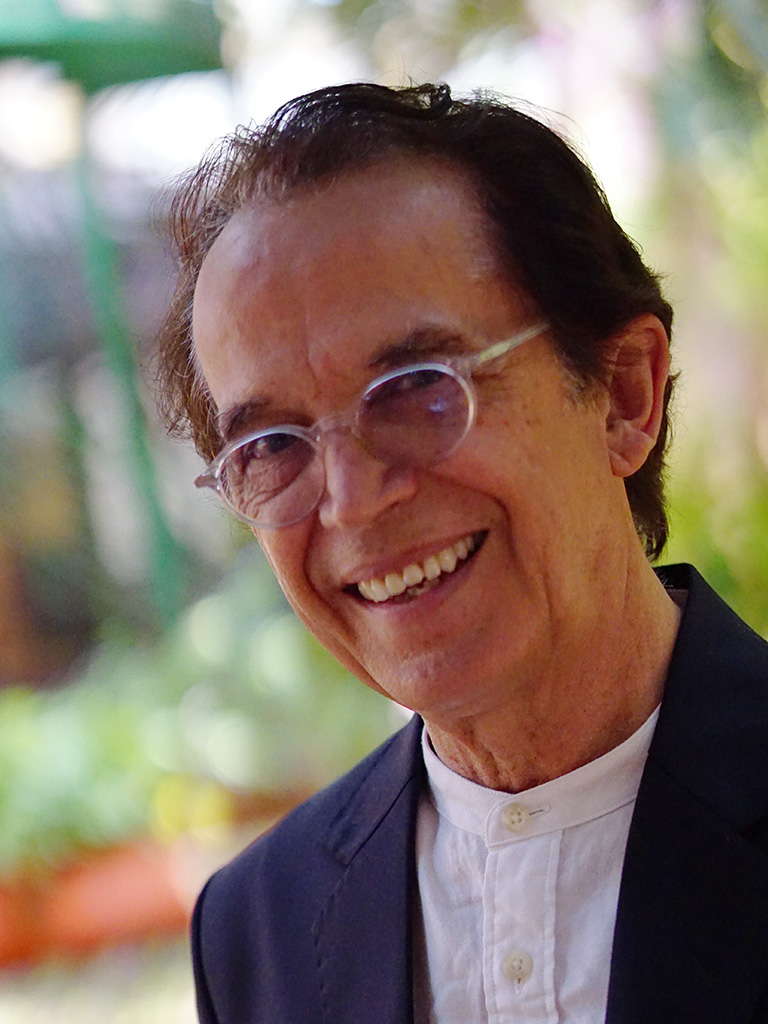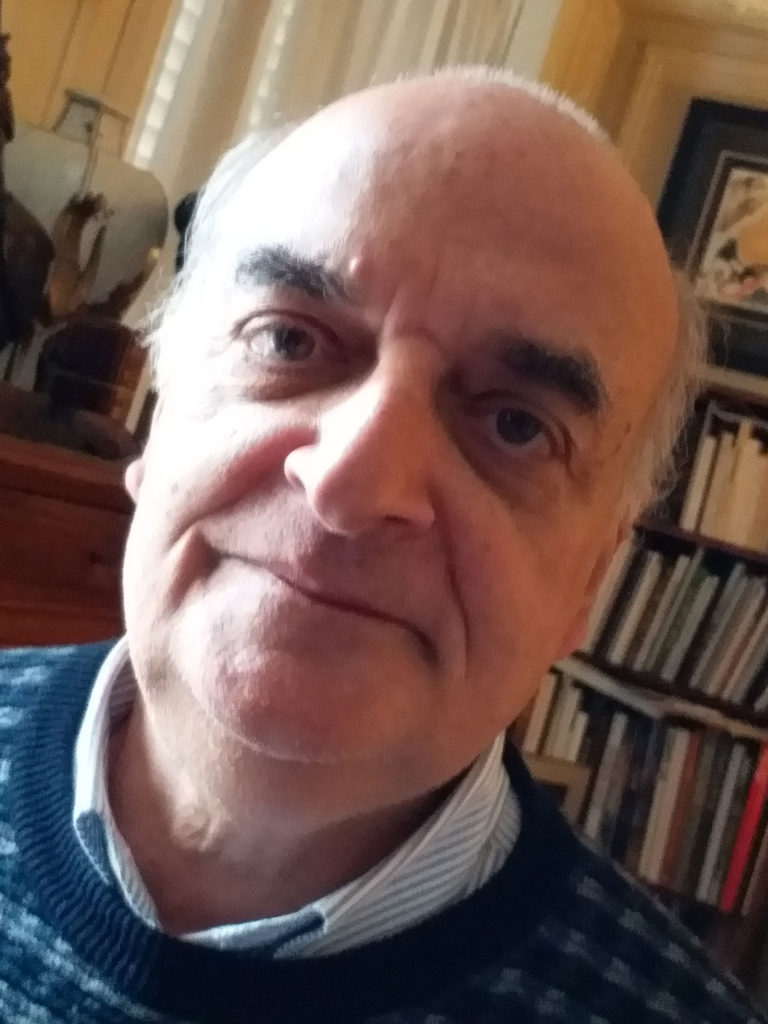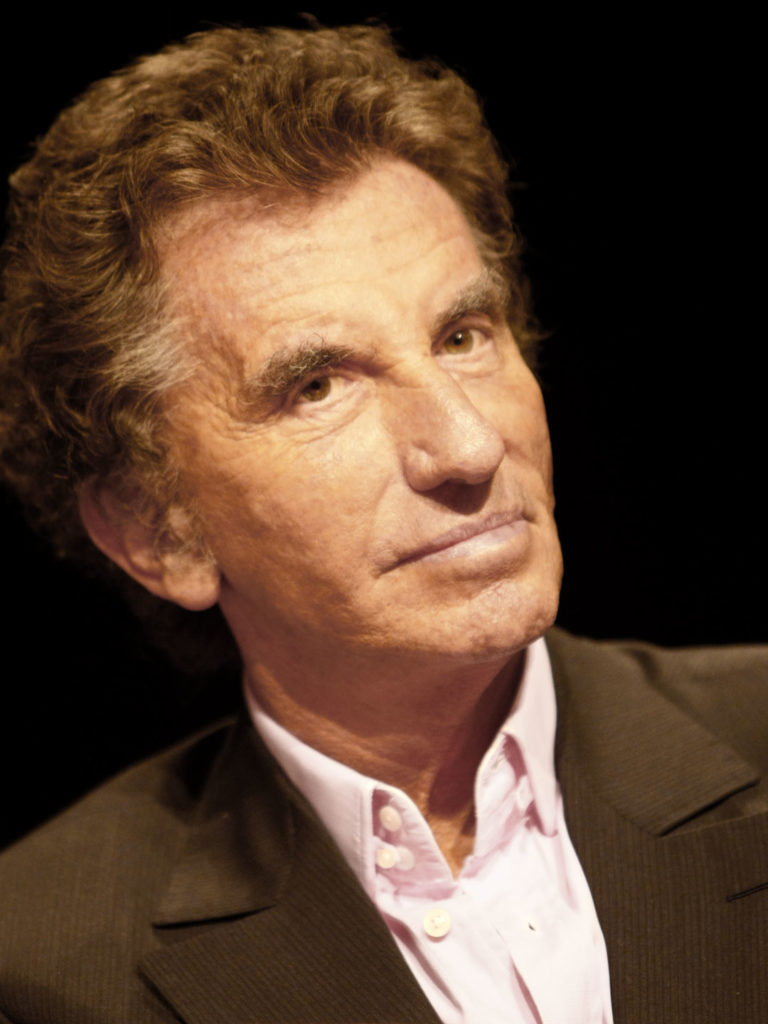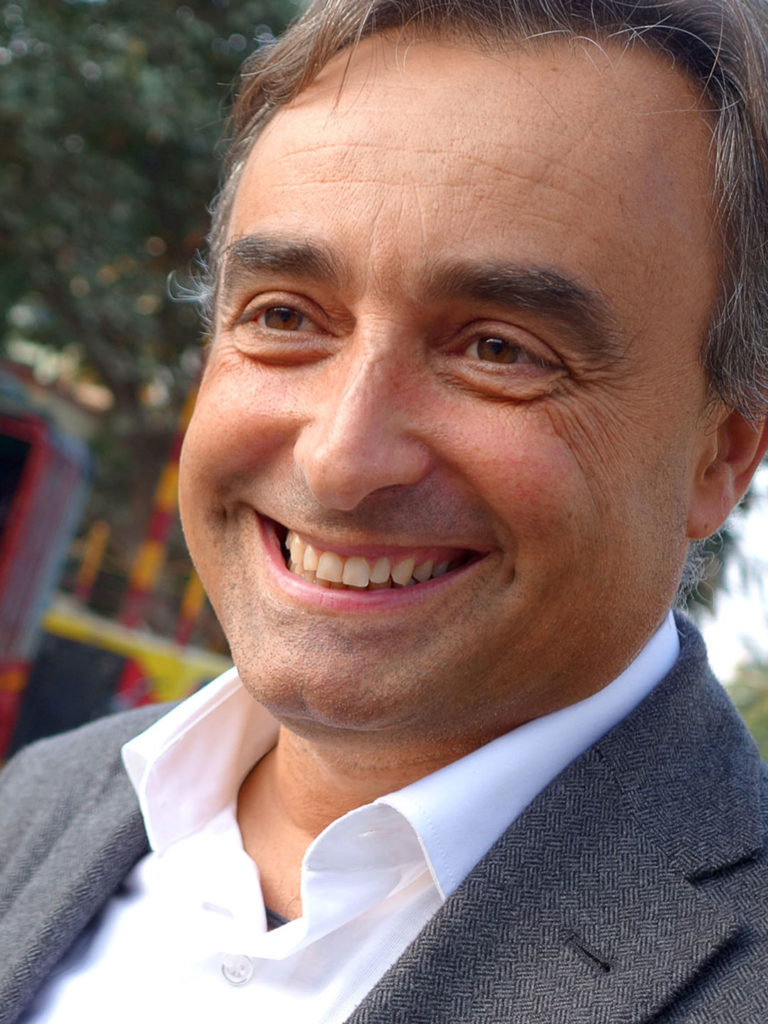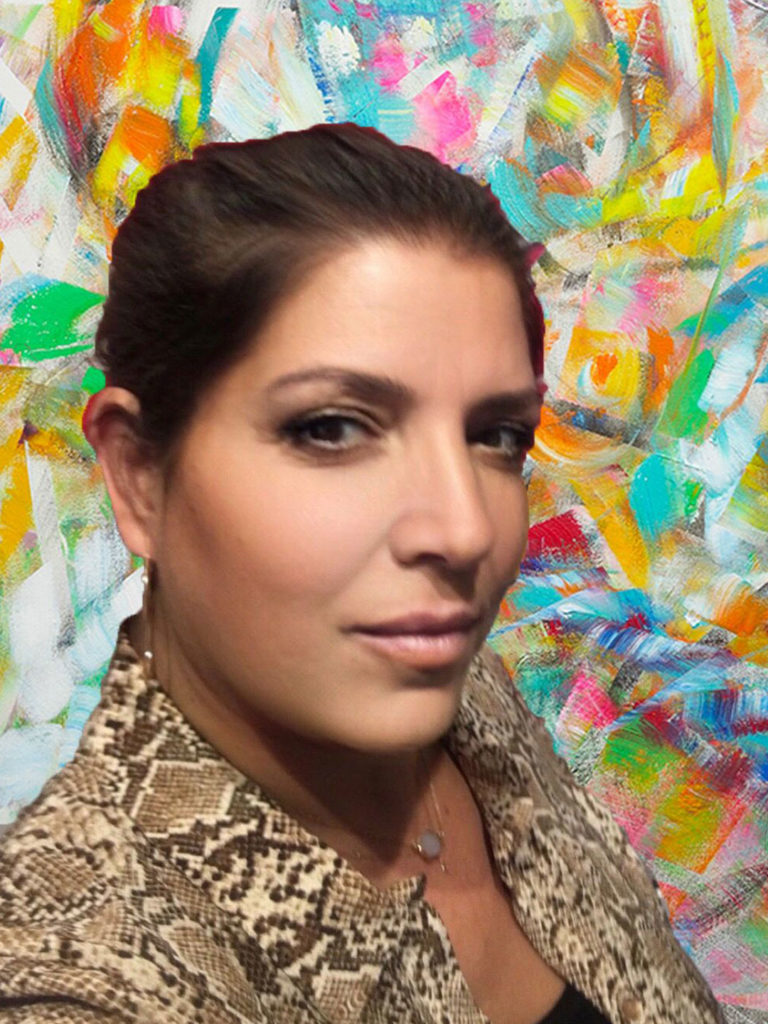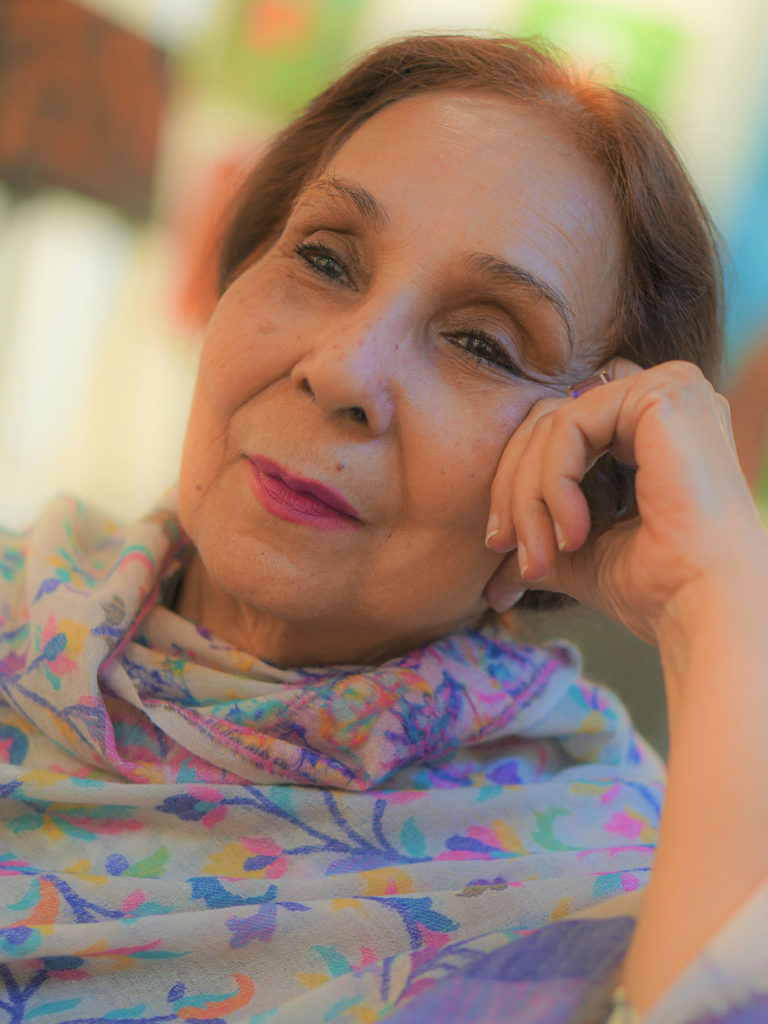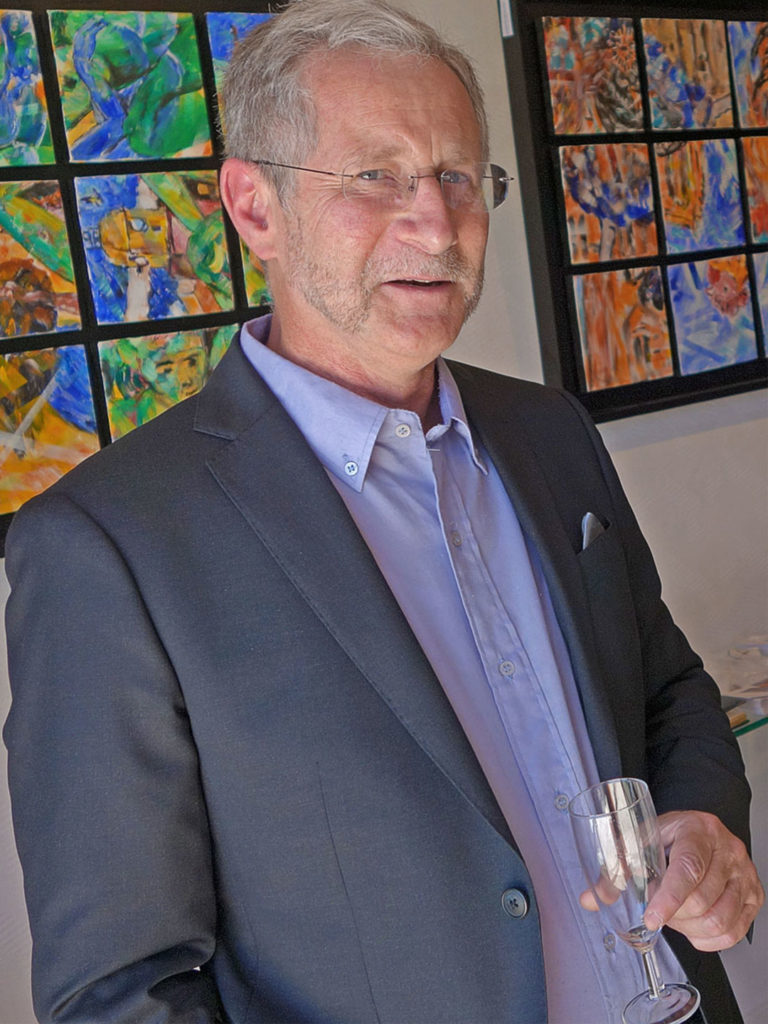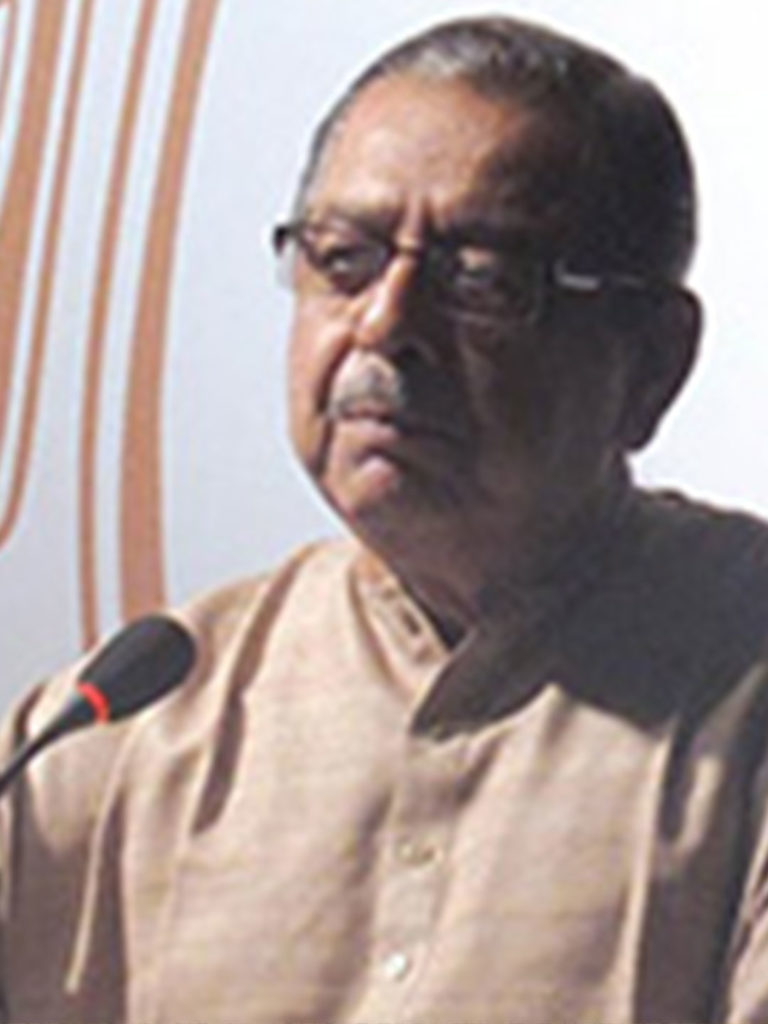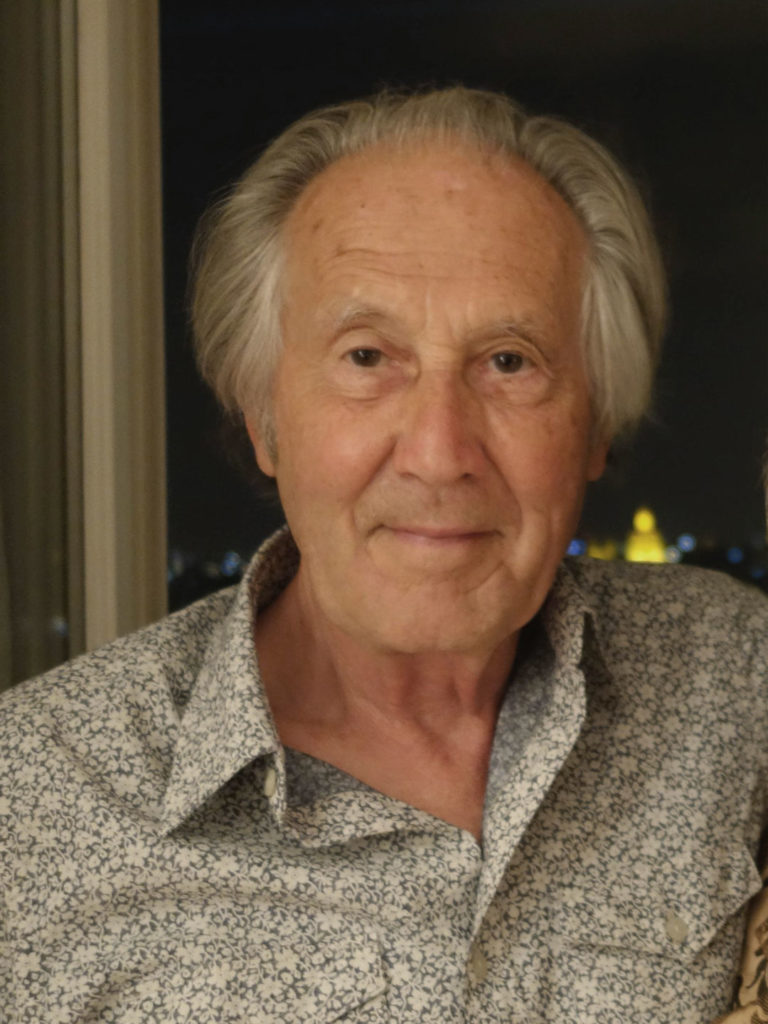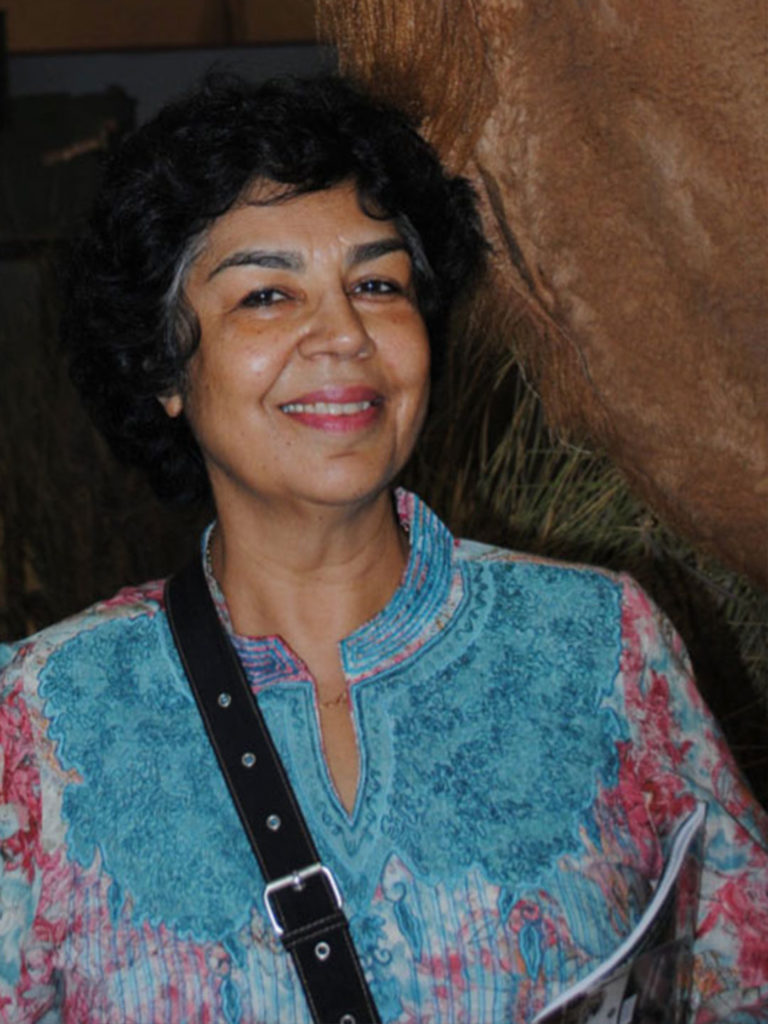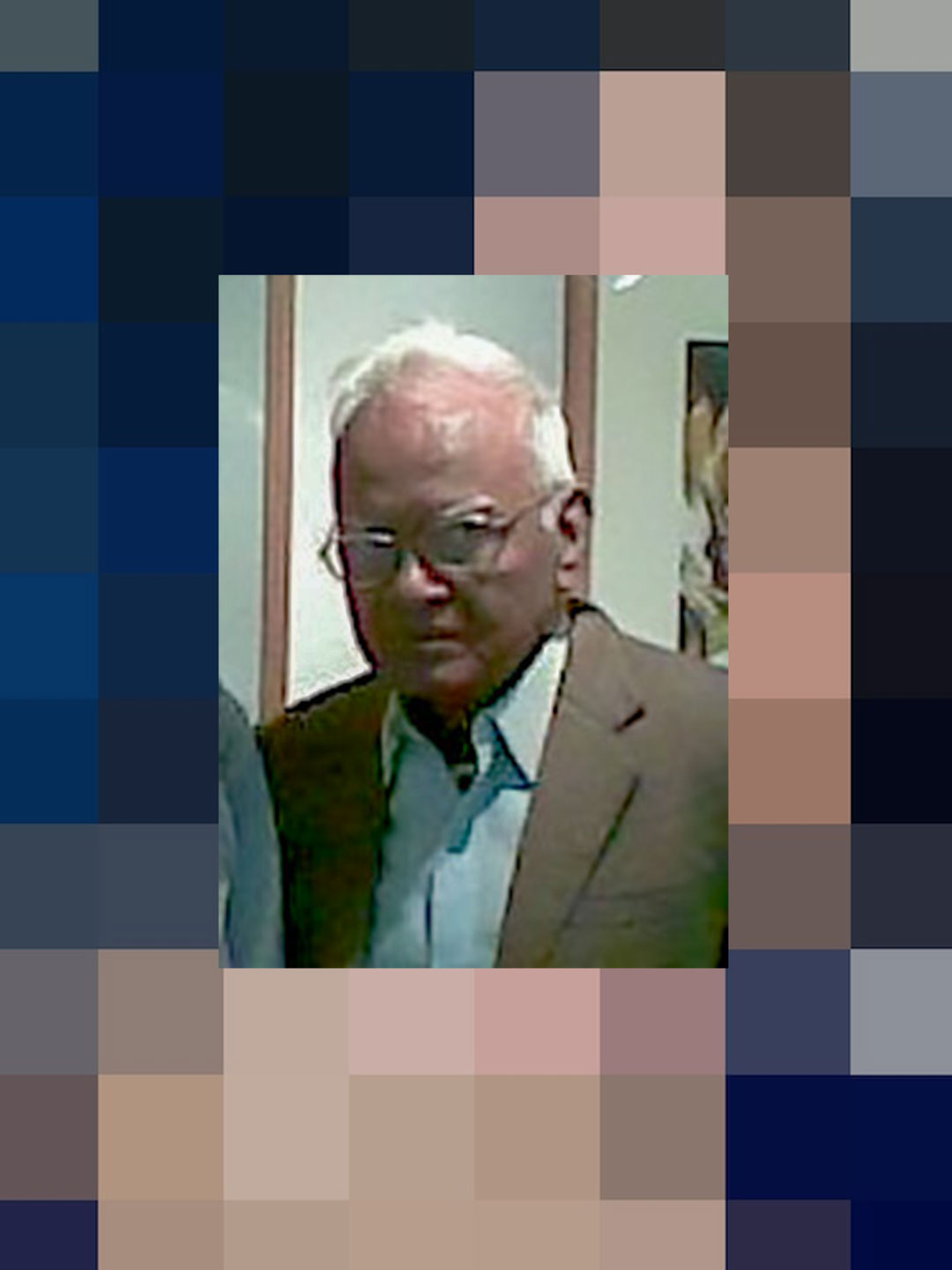
Sandip Sarkar
Eminent Indian Art Critic in Kolkata who had known Sen since the 1970s before Sen had left India.
“I’ve known Shombit Sen Gupta (Sen) since his early days in Kolkata Government Art College when he was about 19 only. He went to Paris and acquired a large understanding of western art in France and Europe. I was once his guest in Paris in the mid 1980s.
I spent some artistic time with him visiting different galleries that showed me in real life the art movements in Europe over the centuries. When I saw Sen’s paintings for the first time, it was very encouraging to note that his art had matured and come of age. His painting style I found to be post modern.
Sen has taken French and Indian elements and combined them in different kinds of colours and bold brush stroke treatments.
What is inspiring is that his drawings are strange, not seen before, and meticulous. Sen does drawings and paintings in real colours, water colours and pen and ink. His post modern paintings are in big and small canvases.
At one point in Paris he used to do paintings on what looks like newspaper wrappers that grocery stores in India use to put groceries for people to take home in. In normal course such bags are thrown away.
Sen used to make such bags out of drawing paper and paint on them. In childhood he used to actually make such sachets to earn a little money as his family was quite poor. Remembering the skill he acquired in making sachets, he would make the same shaped wrappers in different sizes of paper as well as in ceramics and paint on them.
In fact, with this he started a new style of artistic medium to paint in. The images he painted on these sachets would become distorted and swirling and curvy and look like stunning new art.
Sen’s new style has enriched his oeuvre and sent it to realms of art which is, I would say, breakthrough post modern. I like the way he treats the canvas.



